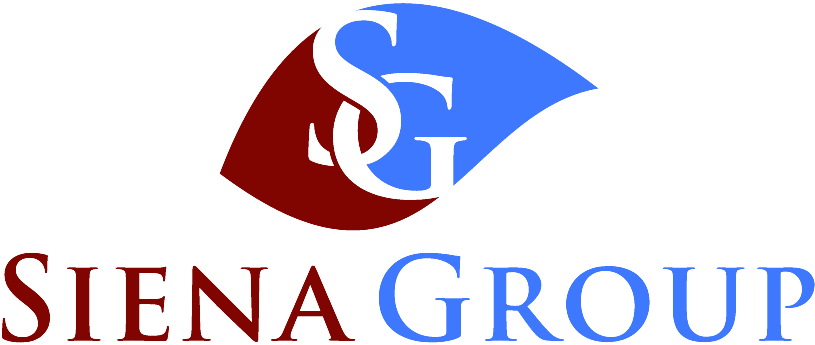US Manufacturing: A Critical Pillar of Innovation and Long-Term Surety
by Keith Brown, President & Owner, Siena Group
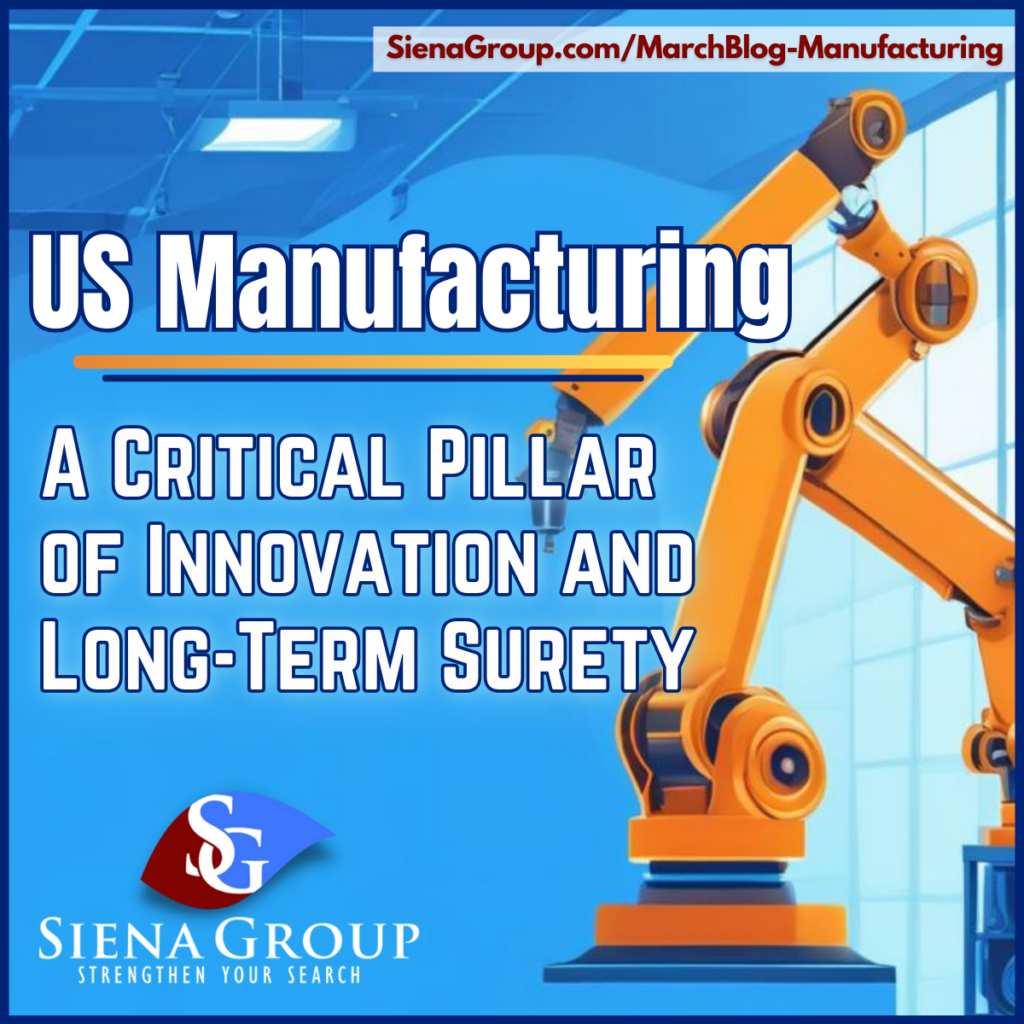
The question, “How’s it going?” may seem like a casual conversation starter, but when directed at a recruiter, it often carries a deeper meaning. What seems like a simple greeting can actually reveal curiosity about broader market trends, industry shifts, and hiring outlooks. Beneath the surface, it’s not just small talk — it’s a subtle way of asking: Are you seeing any slowdown in the market? What kinds of jobs are you supporting? Any impacts in any of the industries you support? How are these back-and-forth tariff threats and actions impacting your clients’ need for new talent?
The short answer is things are good, and Siena Group is busy. The manufacturing sector remains a strong and integral part of the US economy, which naturally suggests that that the thermoforming industry is solid as well. It’s not all peaches and cream: a recent Plastics News article pointed out that the sector has experienced a slight decline of about 3% year over year, with food packaging taking the biggest hit. Despite this, in my professional opinion — backed by over 8 years of experience in the space — such a minor dip doesn’t signal a larger trend and reflects more of a market adjustment.
Our Reality
This blog idea came from a great Forbes article, “Five Years Since Covid Wreckage Began, America’s View On Manufacturing Has Changed,” Feb 25, 2025. In it, the author Ethan Karp digs into the state of manufacturing in the US, how things have changed since the pandemic, and where he believes it is headed.
Citing a recent study, he highlights a “dramatic shift in perception“:
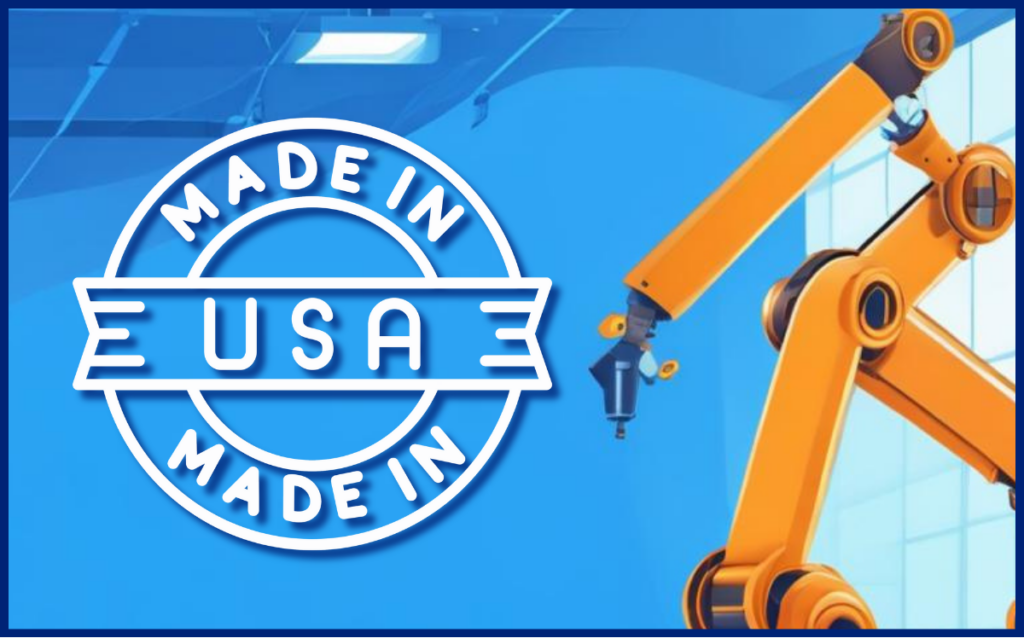
Forbes, 2/25/25
- Overwhelmingly, Americans view manufacturing positively. In fact, 85% had a favorable view of the industry. In 2015, a study found that just 23% of respondents had a positive association with the word, while 33% had a negative one. Manufacturing is no longer seen as a dying industry—it’s viewed as a path to prosperity, security, and innovation.
- Support for government investment in manufacturing is bipartisan. Across the political spectrum, 72% of people want stronger government action to support the industry.
- Americans recognize the need for investment. 83% believe government programs are essential to keeping small and mid-sized manufacturers strong, creating jobs, and reducing dependence on foreign supply chains.
- “Made in America” isn’t just a slogan—it’s a demand. Nearly six in ten Americans say they are willing to pay more for U.S.-made goods.
“Perception is finally catching up to reality, reflecting a growing awareness that manufacturing is about more than factories. It’s about innovation, geopolitical security, and the future of American jobs.”
What Karp pulls from the survey is what we as manufacturing people have always known: what we do is important! Think about that change over the span of 10 years: from 23% to 85% per his first bullet above?!? Wow!
Yes, it is challenging, and, yes, we need to constantly manage those challenges and turn them into opportunities and be ever more resilient!
Our Resiliency
As Karp states in the article, “Manufacturers are masters of the comeback”. Looking back on history, the industry has had to adjust many times. There’s a long list, and the reasons are many. This article breaks them down in a few buckets and highlights several in the 2000’s. For me, the first thing that came to mind was World War 2. Not only did production need to shift to support the war effort, but there also weren’t enough workers! Sound familiar? But when the call was made, more than six million women took wartime jobs in factories, according to this article! We have about 13 million manufacturing jobs now, which definitely puts that effort in perspective.
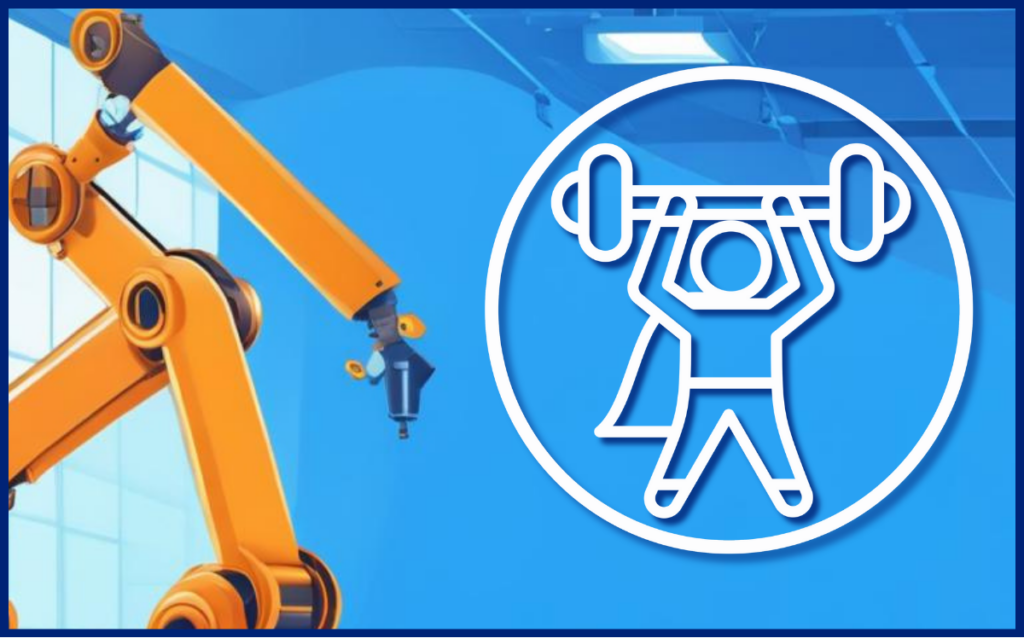
This recent government commission study discusses the decline of manufacturing due to outsourcing. We all know the impacts that the pandemic had on the overall economy and especially on the manufacturing supply chain. I remember many years ago when big chunks of manufacturing were shifting overseas during my time at Kimberly-Clark. Though I understood the math, it never sat right with me. Costs will always go up, and when they do, the savings generated from cheap labor will be diminished. It was short-term thinking and, in my mind, it was just a matter of time. And it eventually caught up to us. Throw in a global pandemic, and things go haywire!
But… we adjust.
We adjust to a more nimble supply chain with less reliance on foreign suppliers. We adjust our manufacturing footprint to be more automated and efficient. We incorporate innovative solutions to difficult technical challenges. We figure out how to make products on our own soil and forge a path to new generations of products – and new generations of people making those products.
We adapt because we must and because we can.
Our Future
So, what’s next? “We can’t stop here. It’s about taking action to solidify manufacturing’s rightful place as a pillar of the U.S. economy.” [from the original Forbes article above]
The fact is that manufacturing has always been a pillar of the US economy.
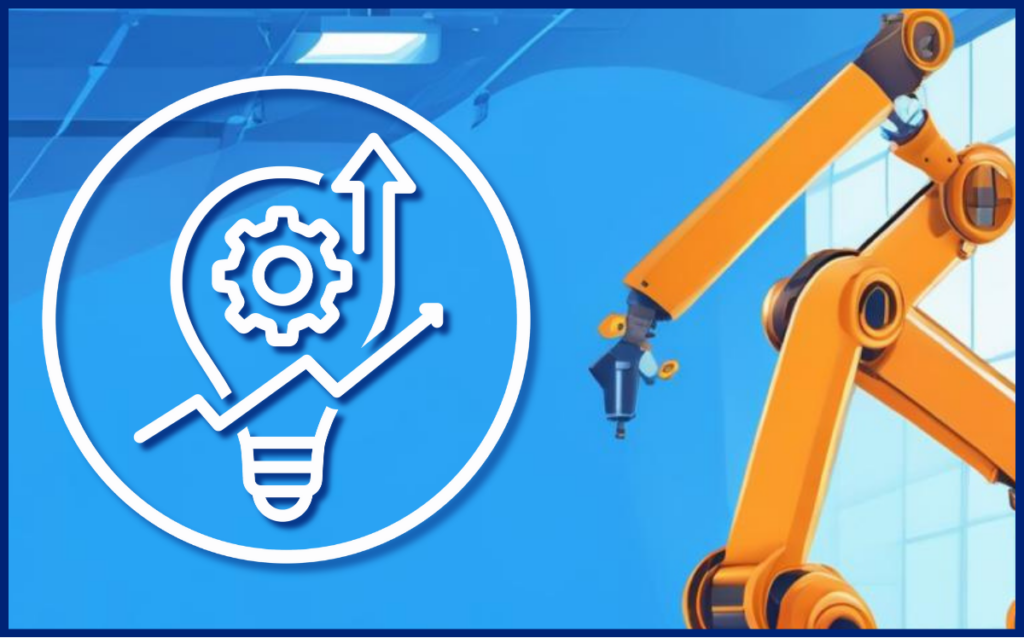
I believe we just lost our way for a bit. Taking out cost is one thing – labor was the driving force to manufacture offshore. Innovating and leveraging technology – and the people behind it – is what we should be about.
In the Forbes article, Karp provides sound advice & directives:
- Invest in next-gen talent by showcasing modern manufacturing as a high-tech, high-impact career path.
- Double down on innovation to help American factories compete globally.
- Engage decision-makers to shape policies that support manufacturing growth and resilience.
- Tell our story so the world sees what it looks like to have America make the things that run the world.
Yes, there remains uncertainty.
The flip-flopping on tariffs is causing consternation amongst business owners and investors as highlighted in this Plastics Today article. The numbers they share: 96% concerned about trade policies, 93% worry about trade wars, 91% are worried about global tensions and supply chain impacts. Huge.
Guess what the Plastics Today author discusses as potential solutions: (1) onshoring, nearshoring, diversifying supply chains; (2) leverage digital platforms; (3) embracing AI; and (4) prioritize sustainability. Sound familiar?!?
For manufacturing, there is positive momentum in perception, and there is unity in what is a very divided country. Leverage it! Understand where we are, reflect on our history and what’s been overcome, go invest in people and technologies… and then go make some stuff!
At Siena Group, we are your Thermoforming Talent Partner! We’re here to help in any and every way possible! With more than 30 years of experience in manufacturing, hiring & recruiting talent, we bring a greater understanding of the companies we partner with and the candidates we pursue. Let’s Strengthen Your Search!
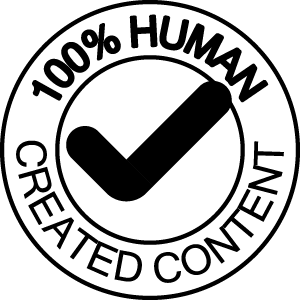
Share our post with others
Love what you see? Share it with your connections now.
